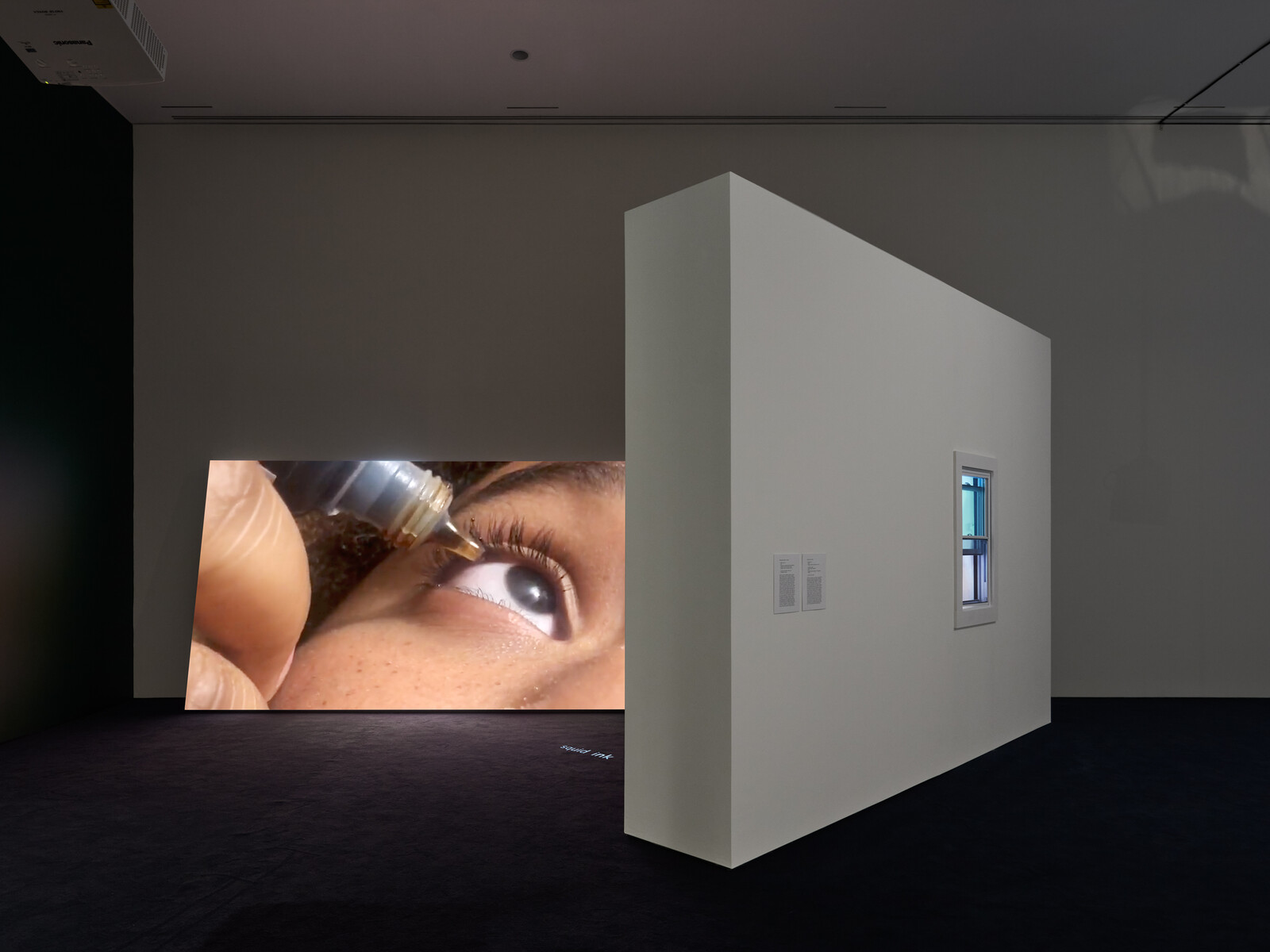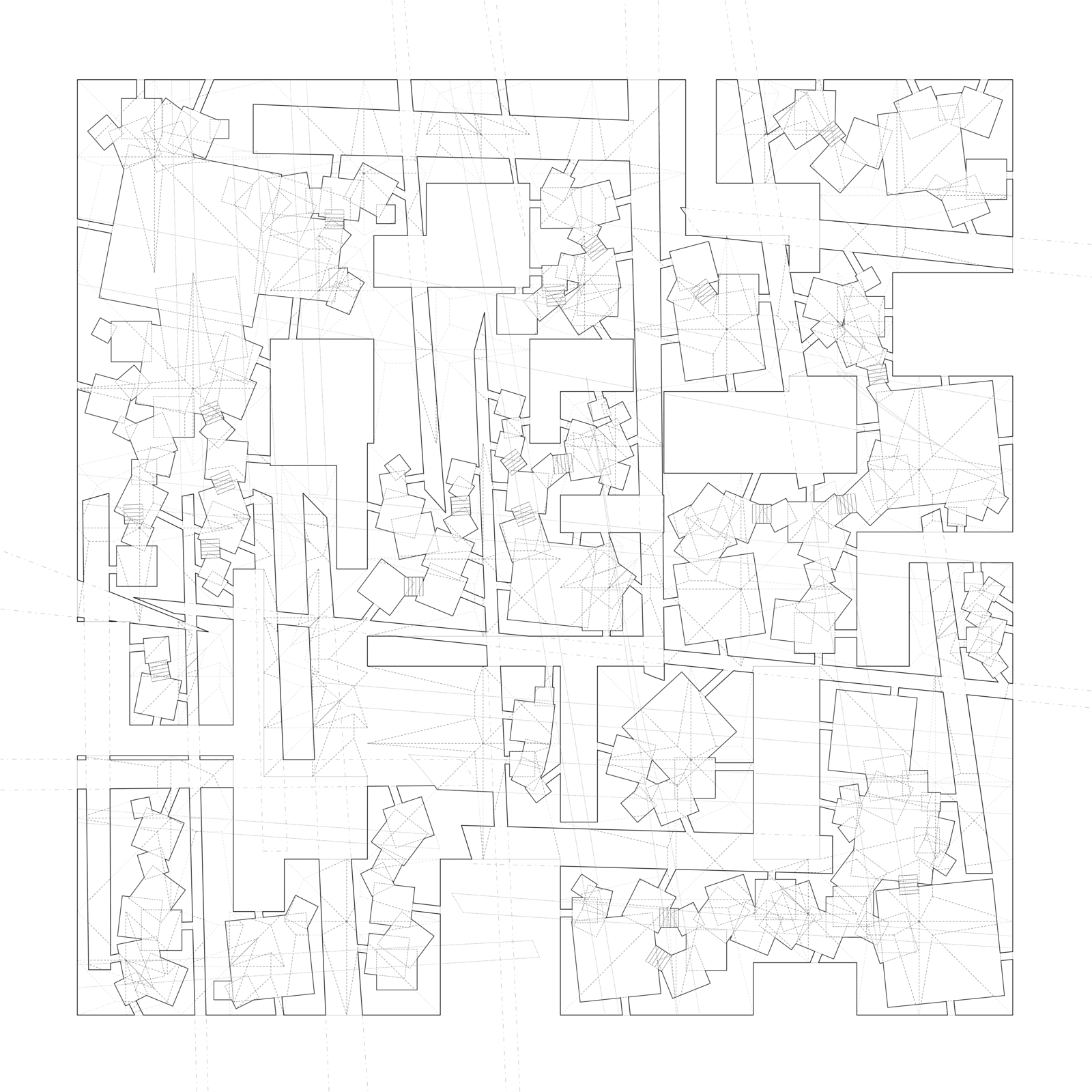What would it mean to position the autonomy of art and art institutions in alignment with, rather than in opposition to, autonomous politics? What would it mean to take seriously Castoriadis’s notion that art only exists by questioning meaning as it is each time established, and by creating other forms for it? What would it mean to extend that to the meaning and mutability of art institutions, the places where art is made, distributed, and received? Here again, autonomy is not about separation or non-relation, but about the capacity to transform.
By learning the song of the land, we may just outlast a civilization determined to take us down with it. In abandoning the universal, we may find the ground waiting beneath our feet. Seeking the guidance of the world around us, we might allow ourselves a small beginning in new worlds to come.
Un-Documented: Unlearning Imperial Plunder
In the landscape that is gradually emerging, it’s not so fantastical to imagine the eventual replacement of all international exhibitions with beer festivals, local food and craft fairs, or other types of events that reaffirm a particular identity and sense of belonging, rather than offering an encounter with something or someone outside of that tightly constructed place. It’s also becoming possible to imagine a reduction or even a termination of human movement: from the reemergence and fortification of numerous national borders, to increasing visa restrictions and the exclusion of entire religions or nationalities from entering certain countries, to perhaps requiring a permit to leave. I grew up in the Soviet Union and I do remember living in a regime under which you can’t leave the country without permission from the state.
Along with being an index of democracy, art is also a lucrative niche for the global entertainment business. Art has thus become a form of consumable merchandise, destined to be used up. In this situation (diagnosed by Arendt and others in the 1960s), artists have either embraced this quality of art as merchandise (Jeff Koons, Damien Hirst), or rejected it in the name of politicization and criticality (Hans Haacke, Andrea Fraser, Hito Steyerl). With globalization, critical artists have been summoned to become useful by surrendering art’s (always partial) autonomy and taking up the task of restoring what has been broken by the system. So they denounce globalization’s collateral damage and contemporary art’s woeful conditions of production. They imagine a more just future, produce political imaginaries, disseminate counter-information, restore social links, gather and archive documents and traces for the “duty of memory,” etc. Perhaps, then, the prior role of the artist as a cultural vanguard has given way to a mandate to cultivate a feeling of political responsibility in spectators, in the name of self-representation and the representation of Enlightenment values.






























